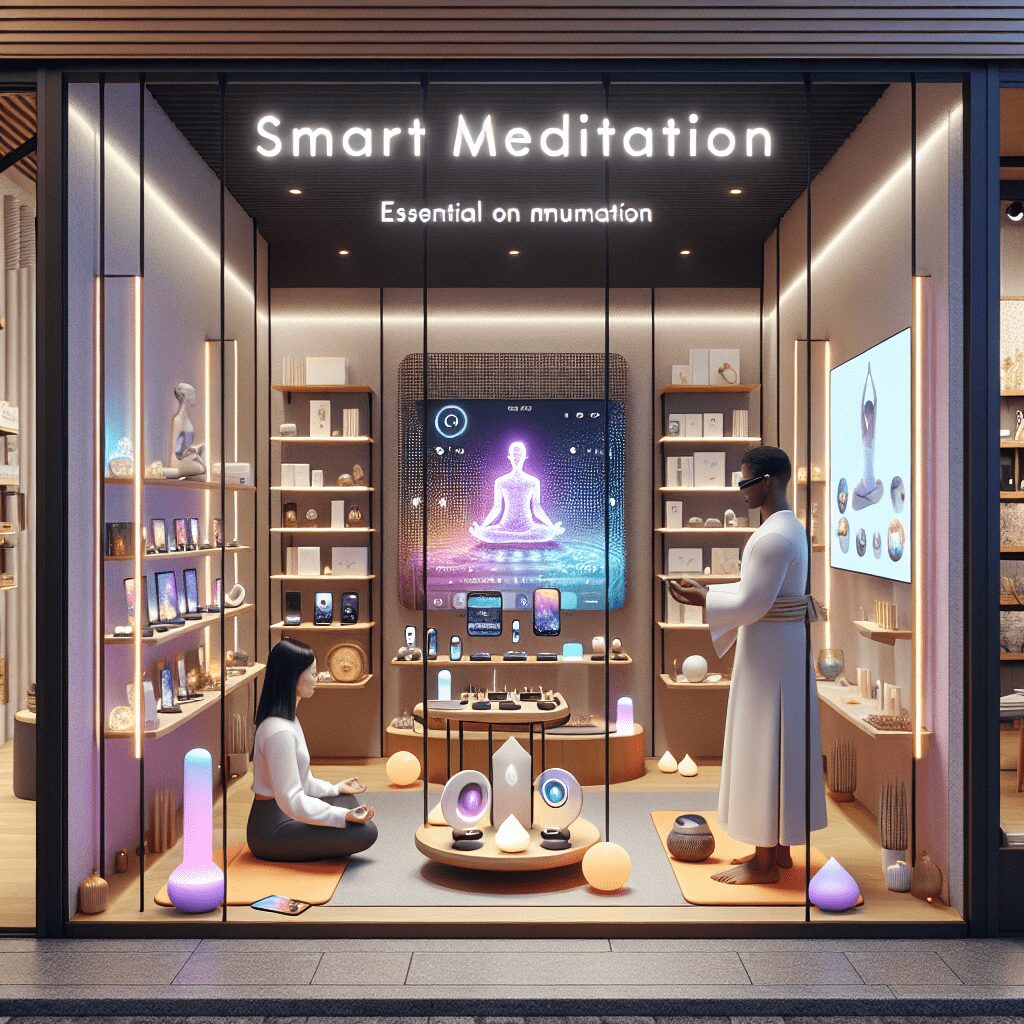
Prioritize your mental well-being daily. Enhance your life by nurturing your mental health with the Smart Meditation app. Break free from stress, alleviate anxiety, and enhance your sleep quality starting today.
Can You Meditate With Earplugs?
The Silent Anchor: Meditating with Earplugs
In the hustle and bustle of modern life, carving out a sanctuary of silence for meditation can feel like a Herculean feat. From the relentless honking in traffic jams to the constant buzz of notifications from our gadgets, escaping the cacophony that accompanies our everyday existence might seem like wishful thinking. However, as odd as it might sound to purists, employing earplugs during meditation isn’t just a makeshift solution; it can elevate your practice to new heights of serenity and focus. So, let’s dive into the nitty-gritty of tuning out the world and tuning into your inner self with good, old-fashioned earplugs.
Why Consider Earplugs for Meditation?
First things first, let’s address the elephant in the room. Traditionalists might argue that meditation is all about accepting your environment as it is, including the noise. And they’re not wrong. However, for many beginners and even seasoned practitioners, external noise doesn’t just fade into the background. Instead, it becomes a siren call, diverting attention and dismantling the mental tranquility essential for a deep meditative state.
This is where earplugs come into play. Designed to attenuate the ambient noise, they can create an immediate sense of quiet, allowing practitioners to focus inwardly much more efficiently. It’s a bit like adding training wheels to your meditation practice; not everyone will need them, but they can be a godsend for those who do.
Key Benefits:
- Heightened Focus: By blocking out the external static, you can dive deeper into your meditation, undisturbed.
- Stress Reduction: A quieter environment can help lower stress levels, making it easier to reach a calm, meditative state.
- Flexibility: With earplugs, your meditation space can be anywhere—from a park bench to a busy airport lounge.
How to Integrate Earplugs into Your Meditation Practice
Before you go stuffing any old plug into your ears, bear in mind that not all earplugs are created equal. For meditation purposes, you’d want to opt for soft, comfortable ones that reduce noise without creating an eerie, total silence (which can be distracting in its own right). The idea is to diminish noise, not to cocoon yourself in an artificial vacuum.
- Selecting the Right Earplugs:
- Look for high-quality, reusable earplugs specifically designed for noise reduction.
-
Ensure they are comfortable for long durations; discomfort is a distraction you don’t need.
-
Creating Your Meditation Space:
- Even with earplugs, choose a relatively quiet, comfortable spot.
-
Position yourself in a way that supports your back; comfort is key.
-
Entering Meditation Gently:
- Begin by noticing the feel of the earplugs, acknowledging their presence.
-
Gradually shift your focus inward, letting the muffled sounds of the world fade away.
-
Combining with Other Practices:
- Consider pairing earplugs with a soft eye mask to further limit external stimuli.
- Use guided meditations or soft, ambient music played at a low volume, if complete silence feels too abrupt.
Wrapping Up: Silent Bliss or Missing Out?
To plug or not to plug? That is the question. Incorporating earplugs into your meditation routine isn’t a one-size-fits-all solution, but rather a personal choice based on your environment and how you best connect with your inner self. While traditionalists might balk at the idea, the essence of meditation is personal growth and understanding—whether that’s achieved in silent solitude or amidst the world’s soundtrack.
Like every aspect of mindfulness practices, the use of earplugs should be approached with an open mind and a spirit of experimentation. You might just find that, with this simple adjustment, your meditation practice deepens, your concentration improves, and your peace of mind expands. So, why not give it a shot? After all, in the quest for inner peace, every little bit helps.





